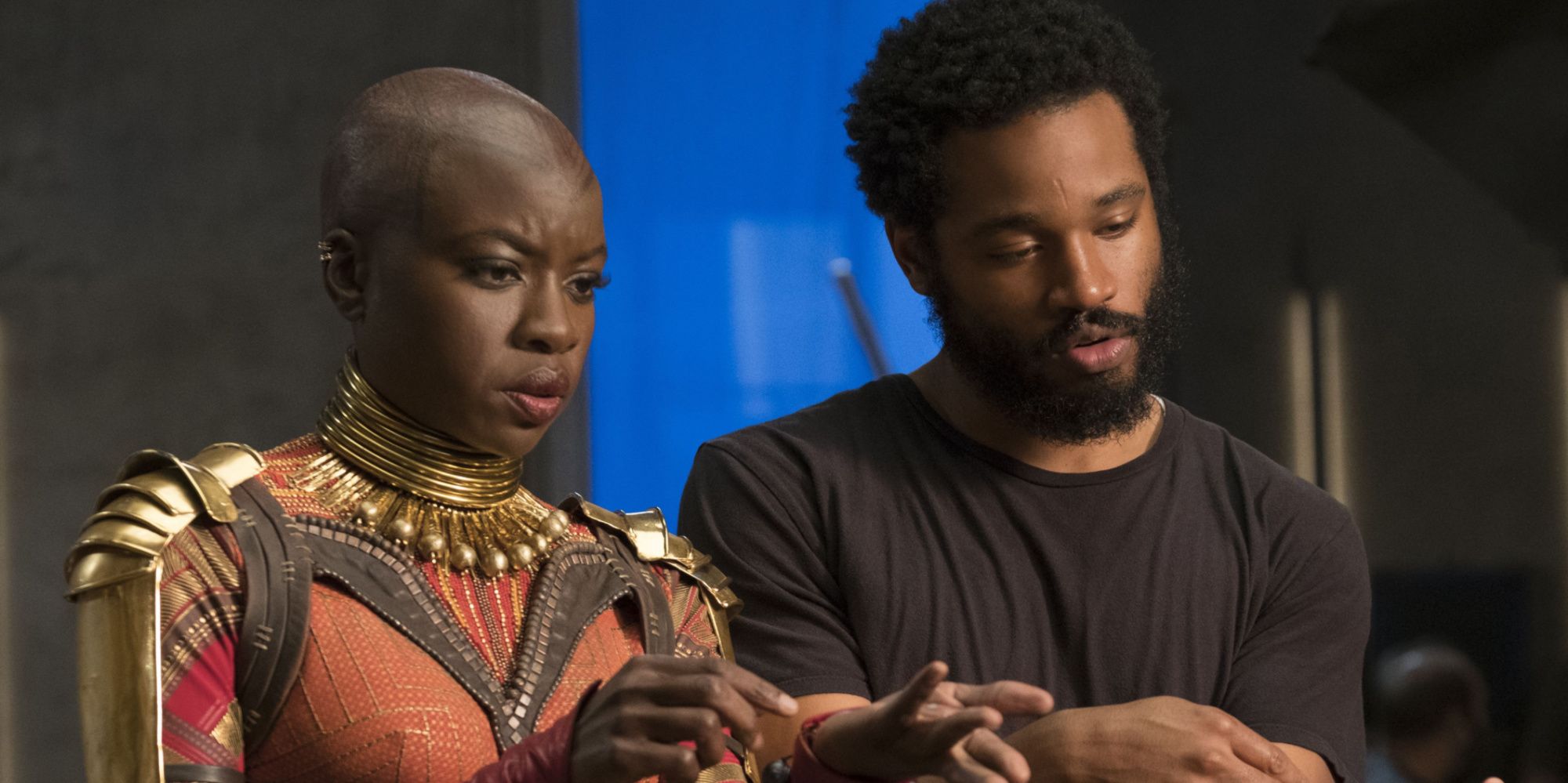After Black Panther topped the box office earlier this year, it won critical acclaim and started to rack up awards and award nominations. While the focus has been on the ground the movie broke in front of the camera, it also promoted diversity behind the camera by having three women head the film's most important departments.
In an interview with Variety, Coogler discussed the unique challenges his crew faced in bringing Black Panther to life.
RELATED: Black Panther Scores Two SAG Awards Nominations
Coogler noted that Costume Designer Ruth E. Carter made an effort to represent the diversity of Africa's culture with the costumes seen in the film. He explained, "Growing up, you often hear about Africa as if it were one country rather than a continent, with no respect for the size and diversity of the various cultures. So we tried to make [fictional African nation] Wakanda reflect that, to seem like a country with a rich and varied history."
Similarly, Coogler discussed Production Designer, Hannah Beachler's desire to make Wakanda, "a living, breathing place."
In addition, Coogler discussed the work of Black Panther's hair and make-up departments, saying, "We were excited by how many different African hairstyles we could represent. We used the Black Panther books as a jumping-off point, but with some, we did a full departure. Camille [Hair Department Head] and I worked with Joel [Harlow, Makeup Artist] and his department to find the look for each tribe."
RELATED: Black Panther Wins Best Film & Director at AAFCA Awards
He also complimented cinematographer Rachel Morrison's work on the film. Of Morrison, an Oscar-nominee for Mudbound who also worked with Coogler on Fruitvale Station, Coogler said, "There are several trips to the ‘ancestral plane,’ and we talked about what the colors and the lighting would feel like for each. For those scenes, we were inspired by African sunsets mixed with an aurora borealis. She knew how to light on bluescreen so it would translate."
According to Coogler, composer Ludwig Goransson -- who he's worked with since film school -- "did research and recording for months in Africa, starting in Senegal and working to South Africa. We wanted to use instruments you wouldn’t normally hear in a superhero film."
Clearly, a lot of work went into every decision Black Panther required, enabling the final product to be layered, thoughtful and compelling. The fact that women were responsible of making so many of these behind the scenes calls in such a successful film once again speaks to the value of including diversity in all aspects of the filmmaking process.
Going into 2019, Black Panther is generating some serious Oscar buzz, and these department heads may find their names called when the award nominations are announced in January 22, 2019.

